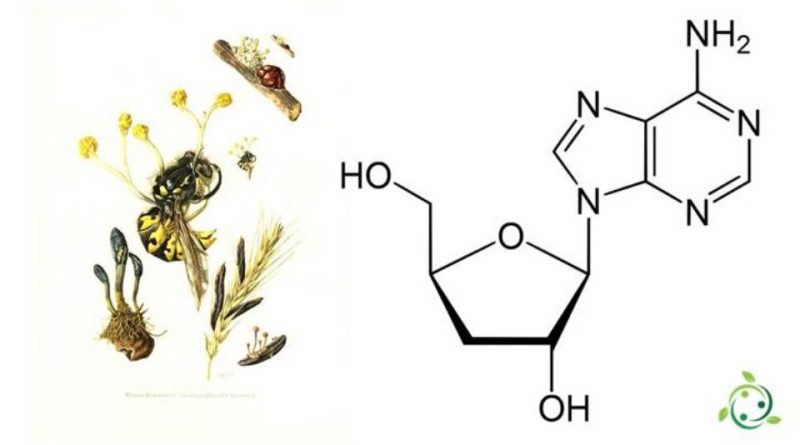Cordycepin
Cordycepin
Cordycepin, whose term in the official IUPAC nomenclature is: 9- (3-deoxy-β-D-ribofuranosyl) adenine, also known as 3′-deoxyadenosine is an alkaloid with a brute or molecular formula C10H13N5O3.
Cordycepin is a derivative of the nucleoside adenosine, but it differs from this by the absence of an oxygen atom in position 3 of the ribose ring.
Cordycepin was once extracted from a fungus of the genus Cordyceps; today it is obtained directly in the laboratory by chemical synthesis.
Cordyceps are a genus of fungi of the Cordycipitaceae family. This genus includes particular parasitic fungi that attack underground fungi, usually deer truffles (Elaphomyces), or insects or spiders.
Due to the similar characteristic between cordycepin and adenosine, some enzymes cannot distinguish these two molecules and therefore cordycepin can participate in some biochemical reactions, for example being incorporated into an RNA molecule, in order to prematurely terminate its synthesis.
Warning: The information is not medical advice and may not be accurate. The contents are for illustrative purposes only and do not replace medical advice.

